"The land of Kalinga War"
Dhauli Tourism
Dhauli is a small town 8 Km away south ofBhubaneswar, located on the bank of river Daya and holds great significance for the followers of lord Buddha. Dhauli is said to be the witness of the reform of Ashoka's character.
This is the area which is believed to the land for the Kalinga War in the 3rd century B.C. between the Mauryan Empire led by Great Ashoka and Kalinga kingdom. The war was so intense that it is said that Daya's water had turned red with the bloodshed because of the massacre. This also led to significant change in the beliefs of King Ashoka and he eventually adopted Buddhism. His responses to this war were recorded in forms of Ashoka edicts, which are essentially rock structures with inscriptions on them. Dhauli has several major Ashoka edicts and it is now an important centre for Buddhism in India. Ashoka built several Stupas, Chaityas, Pillars around the town and did his best to create a peaceful society by helping others post war. Dhauli has a beautiful Peace Pagoda which attracts thousands of tourists every year. Besides Buddhists, Hindus also visit Dhauli to visit some of the ancient temples of great reverence situated in this beautiful town. There are also other attractions in Dhauli like rock cut caves, Sadharma vihar monastery, which would definitely make your visit worth the time.
Download Dhauli PDF Guide >
What's Great?
The place will give you a mesmerising experience if visited in winters. Also, there is no restriction to photography in the Shanti Stupa.
What's not so Great?
In summers the weather gets too hot for you to enjoy the essence of the place. Also, there is limited public transport available to the hilltop.
For Whom
Dhauli is a must visit place for the followers of Buddhism, though Hindus also visit this place for some of the ancient temples situated here. It is a great place for architecture lovers and researchers who can delve into the past here. It is a good place for a family vacation.
Dhauli Giri Hills
Located at a distance of 8 kms from Bhubaneshwar, Dhauli Giri hills are a major tourist attraction and one of the most popular Buddhist pilgrimage centres. The hills are situated on the banks of river Daya and are surrounded by alluring paddy fields. The spot is famous for the Kalinga War and the transformation of Mauryan Emperor Ashoka. It is believed that after witnessing the massacre and the devastating bloodshed, Ashoka chose to follow a path of empathy and compassion. His renunciation is visible on a rock at the foot of the hills, popularly known as Ashokan Rock Edicts. On the top of the rocks is a chiselled sculpture of an elephant, which is a symbol of Lord Buddha. This marks the conversion of Ashoka to renounce war and follow the path of Buddhism. On the top of the hill is also a mesmerising structure called the Peace Pagoda or Shanti Stupa. Built in 1972, it is one of the earliest rock-cut sculptures of India. It is a spherical domed shaped white building, with five protrusions which signify the important aspects of Buddhism. It has several stone panels with depictions of Ashoka renouncing war, Lord Buddha, Bodhi tree, elephants etc. Other added attractions of Dhauli Giri hills include Dhavaleswar temple, a 3rd-century Buddhist monastery, rock-cut caves and numerous Hindu temples.
Dhauli Light and Sound Show
The 35 minutes light show describes the events of Kalinga War, which was fought on the grounds of Dhauligiri Hill. The place is an evidence of Historical Kalinga War and also has Ashoka Edicts. The sound show exemplifies the whole history of the Kalinga war and transformation of King Ashoka from Chandsoka to Dharmasoka.
Adults are charged INR 25 per person and students INR 10 per person. The show timings are between 7:45 PM to 8:20 PM with no shows being hosted on Mondays. Beautiful paintings and 3D projections are all that you can expect.
One Day Itinerary
Start your trip by visiting Shanti Stupa on the top of Dhaulagiri hill. Proceed to visit Bhringesvara Siva Temple on your way back. Post lunch, you can go enjoy a relaxed evening at Nandankanan National Park. End your trip by a tiny temple tour of Bhaskaresvar Temple.
Restaurants and Local Food in Dhauli
People here usually eat Rice and Fish curry, Macha jolo and after that Roshogulla, rasabali and other sweets are savoured. Other than this, street chaat like Gupchup, Dahi bada- aaloo dum, bara ghuguni are easily available around the city. Dahi pakhal are eaten with saga or badi during April and June to cool down the body temperature.
View 9 Restaurants in Dhauli >>
Jul-Febis the best time to visit Dhauli
Dhauli experiences tropical kind of climate and has scorching summers, humid monsoons with moderate rainfall and chilly winters. This makes winter time i.e.November-March the best visit Dhauli.
Weather in Dhauli
Loading...
Dhauli in Summer (April - June)
The weather is sweltering during April-June. During the day temperature is around 45 degrees Celcius which compel you to stay inside. At night temperature falls to 19 degrees Celcius providing some relief from the scorching sun.
Dhauli in Monsoon (July - September)
The time between July and September is better than summers with moderate showers. You can encounter scenic beauty during these months. However, the weather is a little humid as well.
Dhauli in Winter (November - March)
Travelling Dhauli during November-March is the preferable time. The average temperature during the day is around 22 degrees Celcius whereas the nights get chilly with 4 degrees Celcius temperature. Carry woollen clothes if you are planning to visit the place during this time of the year
Monthly Weather in Dhauli
Month
Avg. Minimum (°C)
Avg. Maximum (°C)
January
16
29
February
21
33
March
24
34
April
27
37
May
28
38
June
27
36
July
26
32
August
26
31
September
26
31
October
24
32
November
19
30
December
16
29
Comments on Dhauli
Post Your Comment
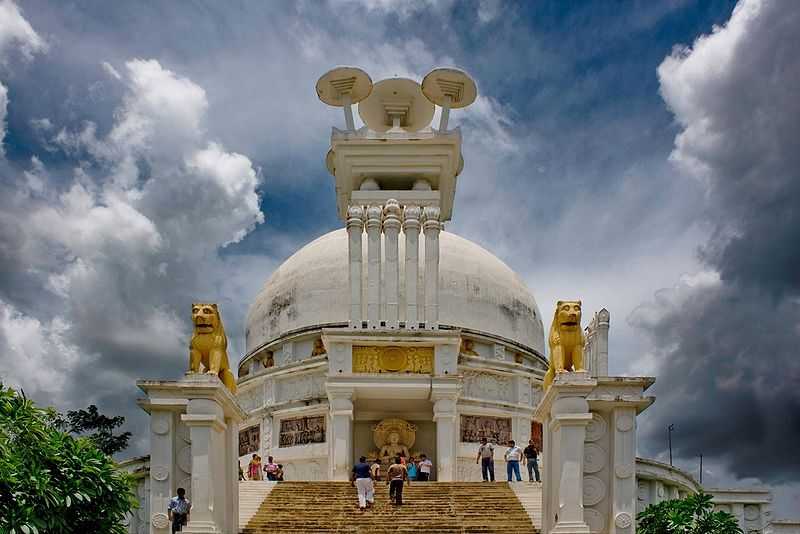

 Dhauli Shanti Stupa
Dhauli Shanti Stupa Ashoka Rock Edicts
Ashoka Rock Edicts Dhabaleswar and Bahirangeswar temple
Dhabaleswar and Bahirangeswar temple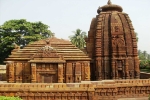 Bhubaneswar
Bhubaneswar Puri
Puri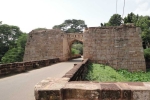 Cuttack
Cuttack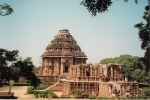 Konark
Konark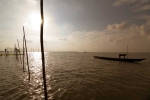 Gopalpur
Gopalpur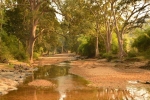 Tikarpada Wildlife Sanctuary
Tikarpada Wildlife Sanctuary